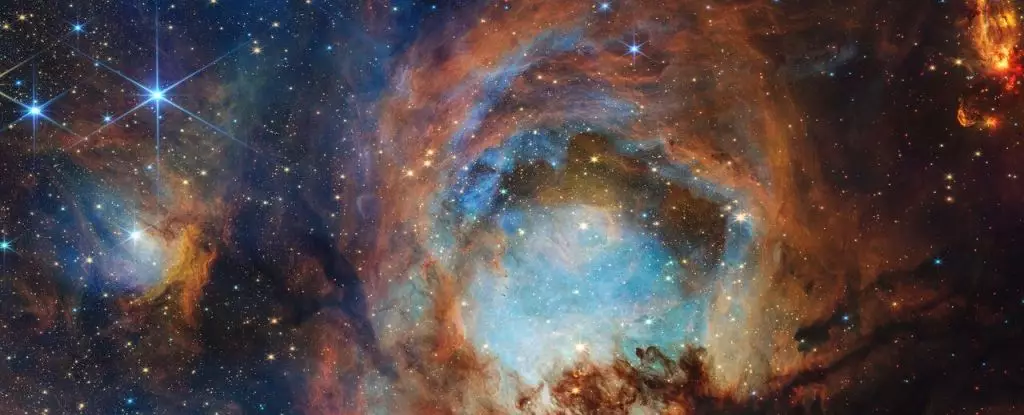The universe’s most captivating phenomena often lie shrouded in mystery, none more profound than star-forming regions hidden within dense molecular clouds. These stellar nurseries, exemplified by the iconic Cat’s Paw Nebula, embody the universe’s creative force—vast, turbulent, and enigmatically beautiful. Traditionally obscured from our direct view, such regions challenge our understanding of cosmic evolution. Yet, as remarkable as these regions are, human curiosity and technological innovation propel us ever closer to unravelling their secrets.
JWST: A Beacon of Revolutionary Observation
Enter the James Webb Space Telescope (JWST), a marvel of modern astrophysics, designed to pierce through the cosmic veil using infrared technology. Unlike its predecessors, JWST’s ability to detect infrared light allows it to look through thick clouds of dust and gas that would otherwise render these regions opaque. This capability fundamentally changes our approach to studying star formation, offering unprecedented clarity. Instead of merely theorizing about these processes, we now witness the birth of stars in real or near-real time, translating distant, nebulous phenomena into tangible science.
Decoding the Secrets of the Cat’s Paw Nebula
The recent imagery of the Cat’s Paw Nebula exemplifies JWST’s transformative power. The nebula, resembling an enormous set of toes—hence the playful nickname—hosts a complex ballet of material collapsing under gravity, igniting new stars at various stages of development. The telescope’s near-infrared camera reveals intricate structures, from glowing protoplanetary clumps to fully fledged stars illuminating their surroundings. Such detailed visualization illuminates how stars evolve from dense pockets of gas to luminous beacons that shape their cosmic environment.
What strikes me most is the dynamic interplay observed within these regions. The “Opera House,” a structure housing a nascent star, exemplifies the final throes of star formation, as stellar winds and radiation clear away their natal dust cocoon. Meanwhile, distant glowing blobs indicate zones where star formation is still in its earliest phases, revealing a universe in continuous creation, a process both chaotic and beautifully orchestrated. The blue hues scattered throughout underscore the scattering of starlight, highlighting the density and distribution of matter within the nebula.
Implications for Humanity’s Cosmic Perspective
The implications of JWST’s revelations extend beyond scientific curiosity. They challenge our perception of our origins, framing stars and planets as products of universal creative processes shared across the cosmos. As we gain clearer insight into these star-forming regions, it becomes evident that the universe’s complexity surpasses simple models. Every new image, every new spectrum, serves as a reminder of how much remains to be discovered—and how vital technological advances are in this pursuit.
Yet, I am compelled to critique the optimism that perhaps borders on overconfidence. While JWST provides stunning visuals and valuable data, the interpretation of such images is still influenced by our limited understanding of astrophysical processes. We must remain cautious not to translate visual beauty into definitive knowledge prematurely. Instead, these images should inspire humility as much as wonder—acknowledging that our journey into cosmic comprehension is far from complete. The universe’s mysteries are as infinite as the starlit sky itself, and every observation is but a step towards grasping an endless cosmic puzzle.


Leave a Reply